🩰 Beneficial Insects
Learn about Helpful Insects Parasites, Predators, Pollinators, Weed Killers and other beneficial insects
Which of the following statement is incorrect?
Helpful Insects Parasites
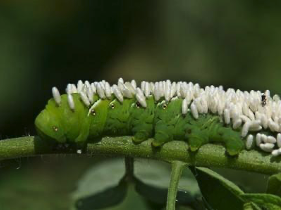
- These are small insects which feed and live on harmful insects by completing their life cycle in a host and kill the host insect.
- These can be
- Egg Parasitoids (A parasite feed on another Parasite’s Eggs)
- Larval Parasitoids (A parasite feed on another Parasite’s Larva)
- Pupal Parasitoids (A parasite feed on another Parasite’s Pupa)
- These are used for biological control of pests and are integral part of any Integrated Pest Management Programs.
Predators
- These are large insects which capture and devour harmful insects.
- E.g., Coccinellids, Preying mantis etc.
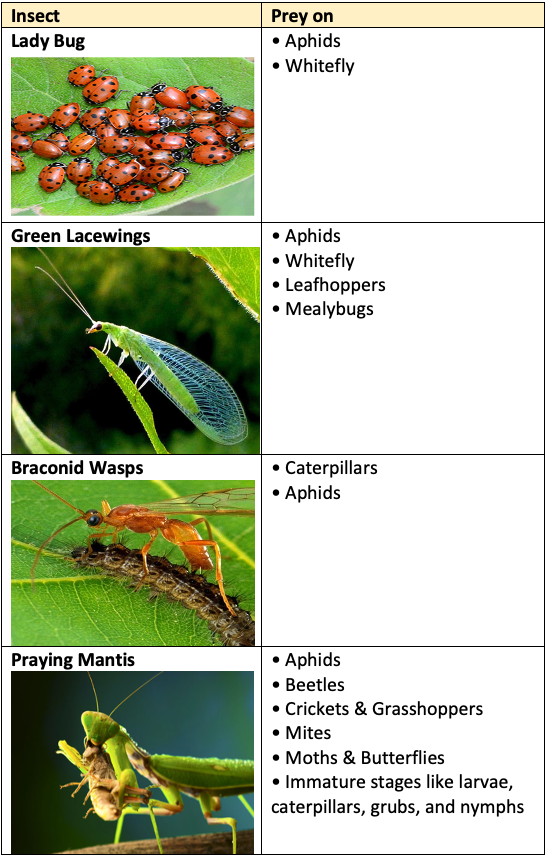
Pollinators
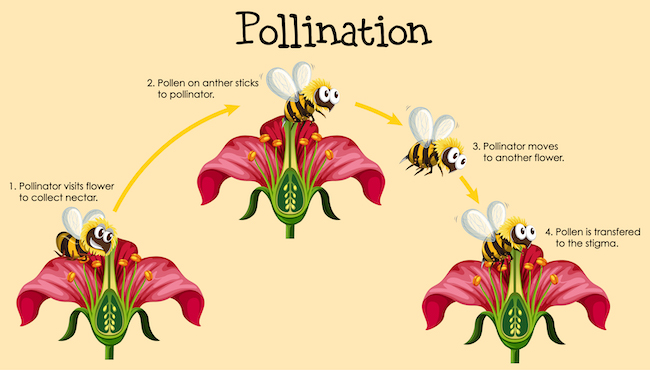
- Many cross-pollinated plants depend on insects for pollination and fruit set.
- E.g., Honeybees, aid in pollination of sunflower crop.
Weed Killers
- Insects which feed on weeds, kill them thereby killers.
- Many insects feed upon unwanted weeds, just the same manner they do with cultivated plants.
- E.g.
- The classical example being Prickly Pear control with cochineal insect,
Dactylopius tomentosus. - Water-hyacinth is a free-floating freshwater plant. It impedes flow of irrigation water, interferes with pisciculture etc. and can be effectively controlled by two weevils namely
Neochetina eichhorniaeandNeochetina bruchiand miteOrthogalumna terebrantis. - Control of Parthenium hysterophorus by beetle
Zygogramma bicolorata.
- The classical example being Prickly Pear control with cochineal insect,
- We have already covered the examples of weed killers in Agronomy Course
Soil Builders
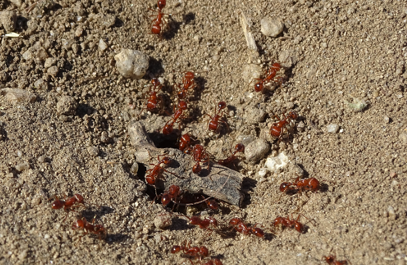
- Soil insects such as ants, beetles, larval of cutworms, crickets, collembola, make tunnels in soil and facilitate aeration in soil.
- They become good manure after death and enrich soil.
Scavengers
- Insects which feed on dead and decaying matter are called scavengers.
- They are important for maintaining hygiene in the surroundings.
- Since insects help to remove from the earth surface the dead and decomposing bodies, which would otherwise be a health hazard, they are referred to as scavengers.
- The following are the important groups of insects that serve as scavengers in nature:
- Coleoptera: Rove beetles, Chafer beetles, Ptilinid beetles, Darkling beetles, Skin beetles, Nitidulids, Carrion beetles, Jewel beetles, Water scavenger beetles, Powder post beetles and bostrychids.
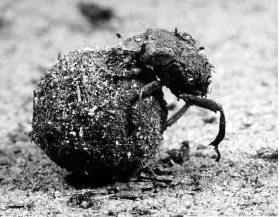
- Diptera
- Sand flies or moth flies
- Hover flies
- Root maggot flies
- Termites (Isoptera: White Ants)
- Ants (Hymenoptera: Ants)
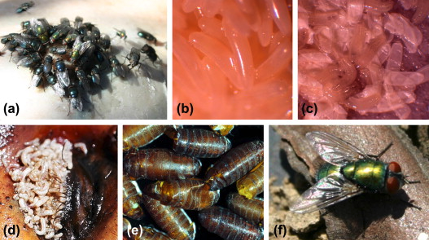
- These also live and feed upon dead wood, dead animal, or decaying vegetable matter.
Useful as Drugs, Food, and Ornaments
- As medicine e.g. Sting of honey bees - remedy for rheumatism and arthritis.
- Eanthoridin - extracted from blister beetle – useful as hair tonic.
- They have been used as food by human beings in different parts of the world.
- For animals - aquatic insects used as fish food.
- Eg. Grasshoppers, termites, pupa of moths.
Cochineal

- A crimson colour dye (carminic acid) is obtained from Dactylopius ceylonicus.
Cantharidin
- Cantharidin is a substance derived from the blister beetle and has medicinal properties.

- Is obtained from haemocoel and accessory glands of male genetalia of meloid (blister) beetles.
- Anthroquinone is present in cochineal red and lac.
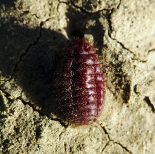
- Insect galls contain 30-70% Tannic acid.
- Insect galls contain Indole Acetic Acid (IAA).
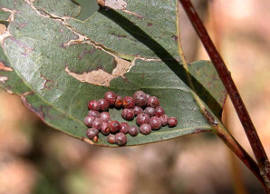
Ornaments, entertainers
- Artists and designers, copy colours of butterflies.
- Beetles & worm as necklace
- Insect collection is also an hobby.
Scientific research
- Drosophila and mosquitoes are useful in genetic and toxicological studies respectively.
- Blow flies are used in forensic investigation.
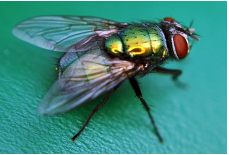
References
- https://nisa.icar.gov.in/
- http://npic.orst.edu/envir/beneficial/index.html
- https://agritech.tnau.ac.in/
- Wikipedia